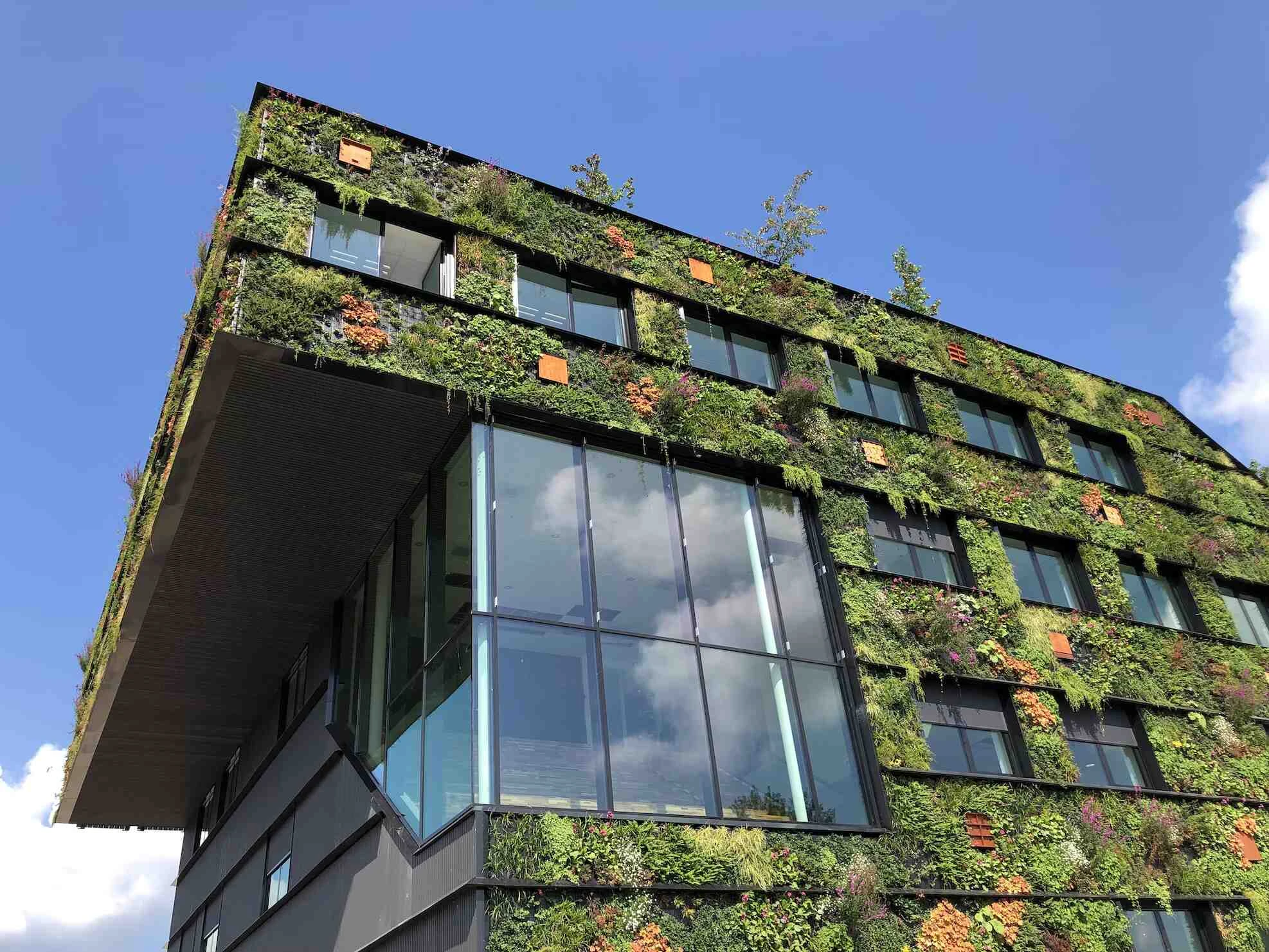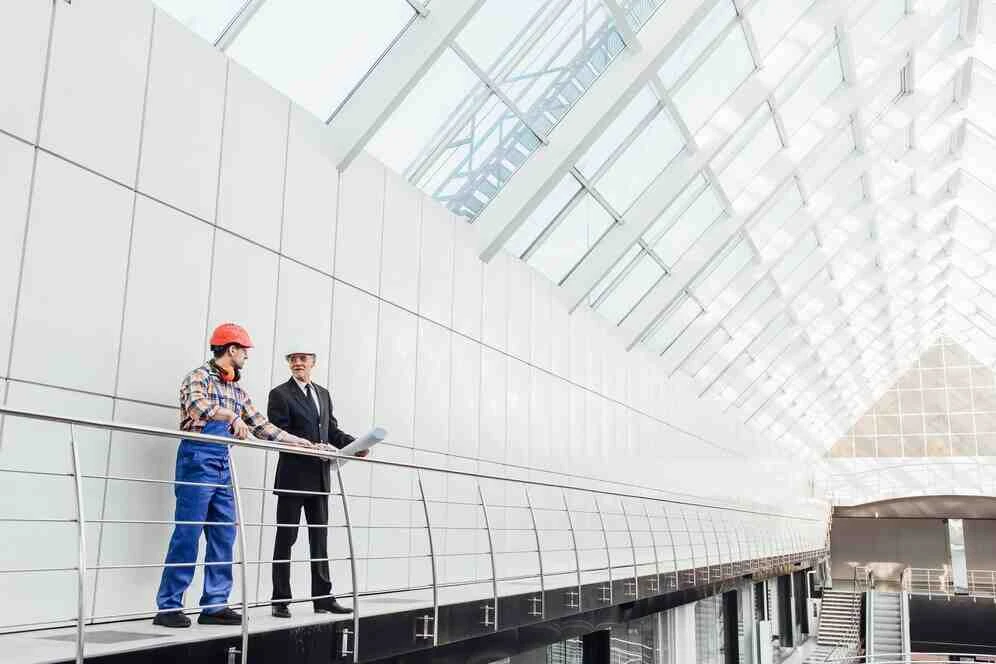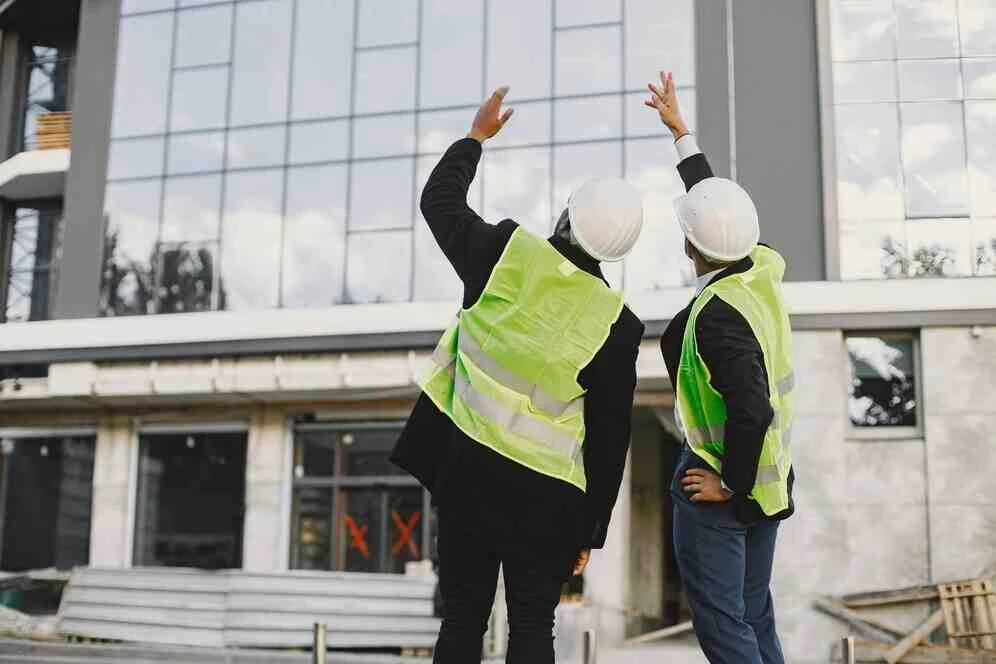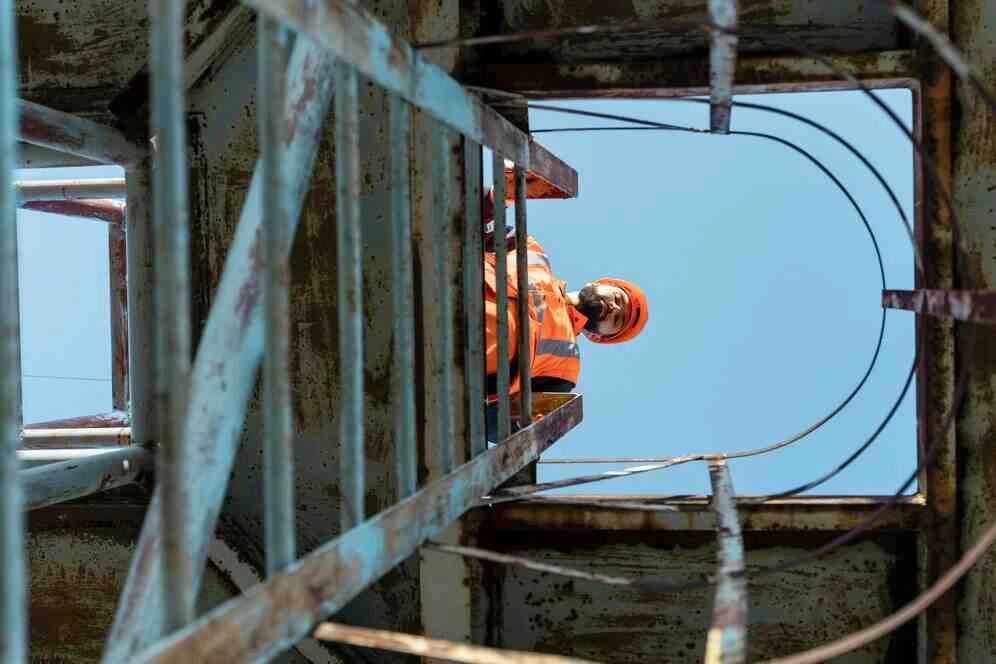
Sustainable Architecture: Balancing Innovation and Safety Regulations
Introduction
Sustainable architecture, with its focus on environmentally responsible and energy-efficient design, has become a driving force in the construction industry. Yet, amid the pursuit of sustainability and innovation, architects must also navigate a complex web of safety regulations and building codes. This blog delves into the intricate dance between sustainability, innovation, and safety in architectural design, exploring the challenges, opportunities, and real-world examples that underscore the delicate balance required to create sustainable, safe, and inspiring spaces.
The Sustainable Architecture Revolution
Sustainable architecture represents a revolution in design philosophy. It challenges architects to think beyond aesthetics and functionality, prioritizing environmental stewardship and long-term sustainability. Sustainable buildings are designed to minimize their impact on the environment, conserve resources, and enhance the well-being of occupants. This shift toward sustainability brings with it a range of innovations, from energy-efficient materials to passive design strategies.
The Importance of Safety Regulations
Amid the sustainability revolution, safety regulations and building codes remain paramount. These regulations exist to protect the well-being of occupants, ensure structural integrity, and prevent disasters. Building codes address various aspects of safety, including fire protection, structural stability, accessibility, and more. They serve as a critical framework within which architects must operate to guarantee the safety of their designs.
The Challenge: Balancing Innovation with Compliance
The challenge architects face is finding the equilibrium between innovative sustainability and strict compliance with safety regulations. Sustainable design often pushes boundaries, introducing unconventional materials, technologies, and building methods. While these innovations can lead to more efficient and eco-friendly structures, they can also clash with established safety norms.
Real-Life Example: Grenfell Tower Tragedy
The Grenfell Tower fire tragedy in London, mentioned in a previous blog, is a sobering reminder of the devastating consequences of failing to strike this balance. The use of flammable cladding materials, driven by sustainability goals and aesthetics, resulted in a catastrophic fire that claimed numerous lives. This incident underscores the critical importance of adhering to safety regulations, even in the pursuit of sustainability.
Strategies for Balancing Innovation and Safety
-
Early Consultation: Engage with safety experts and code consultants at the early stages of design. Their input can help identify potential safety challenges and solutions.
-
Integrated Design Approach: Integrate sustainability and safety considerations throughout the design process. Design teams should work collaboratively to ensure that safety and sustainability goals align.
-
Performance-Based Design: In some cases, performance-based design approaches, where architects demonstrate that their design meets specific safety objectives, can offer flexibility for innovative solutions.
-
Testing and Simulation: Employ advanced testing and simulation technologies to evaluate the performance of innovative materials and systems in various safety scenarios.
-
Continual Education: Stay informed about evolving safety regulations and codes, as well as emerging sustainable technologies and practices.
Real-Life Example: The Edge in Amsterdam
The Edge in Amsterdam is a remarkable example of sustainable architecture that effectively balances innovation with safety. This cutting-edge office building, often touted as the greenest building in the world, features an array of sustainable technologies, including a vast solar panel array and rainwater harvesting. It also complies with stringent safety regulations, such as fire safety systems and evacuation procedures. The building showcases how innovation and safety can coexist harmoniously, resulting in a groundbreaking, sustainable structure.
Conclusion
Sustainable architecture has ushered in a new era of design, emphasizing eco-consciousness and resource efficiency. Yet, architects must remember that innovation should not come at the expense of safety. Striking the right balance between sustainability and compliance with safety regulations is essential for creating buildings that are not only environmentally responsible but also safe and secure for occupants.
In the pursuit of sustainable architecture, architects should view safety regulations as a framework that ensures the well-being of all individuals who will interact with the built environment. By embracing innovation while remaining vigilant about safety, architects can lead the way in crafting a sustainable, safe, and inspiring future. It"s a journey that requires creativity, collaboration, and a deep commitment to both the environment and the lives that architecture ultimately touches.











